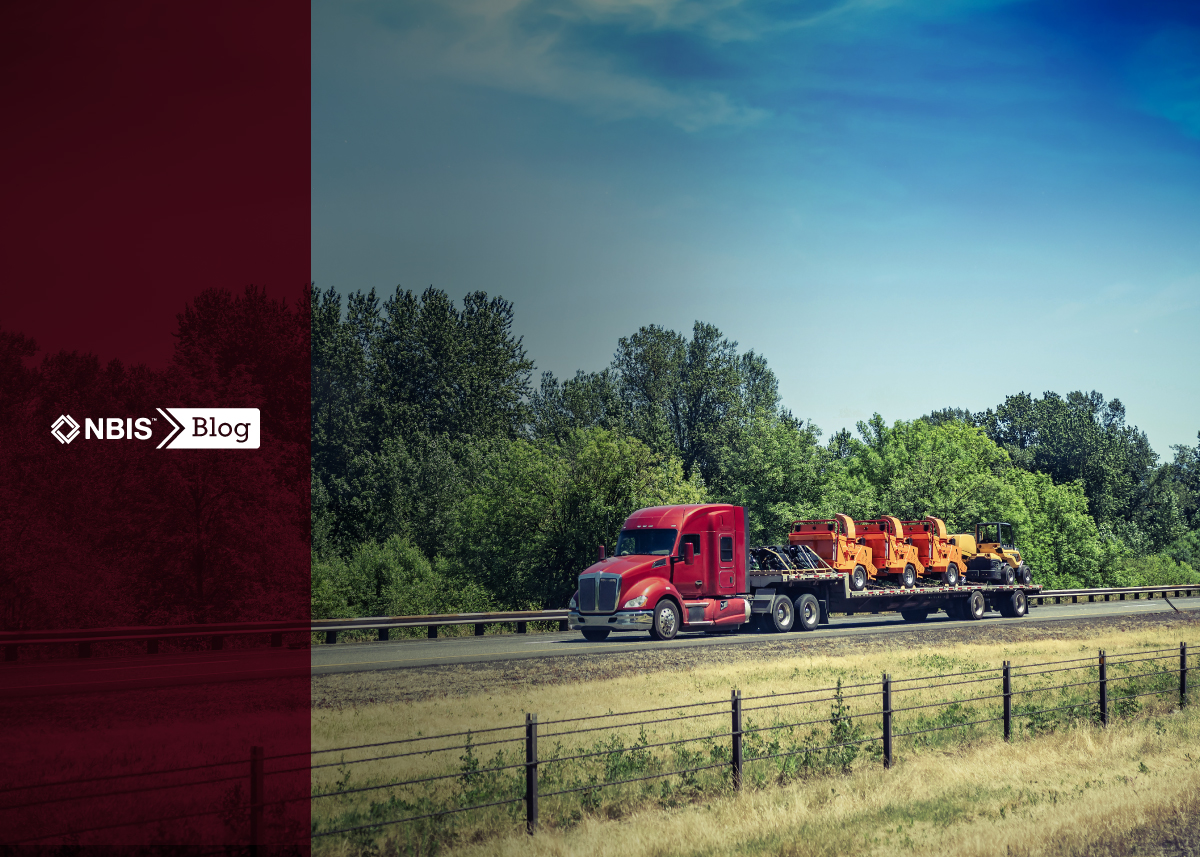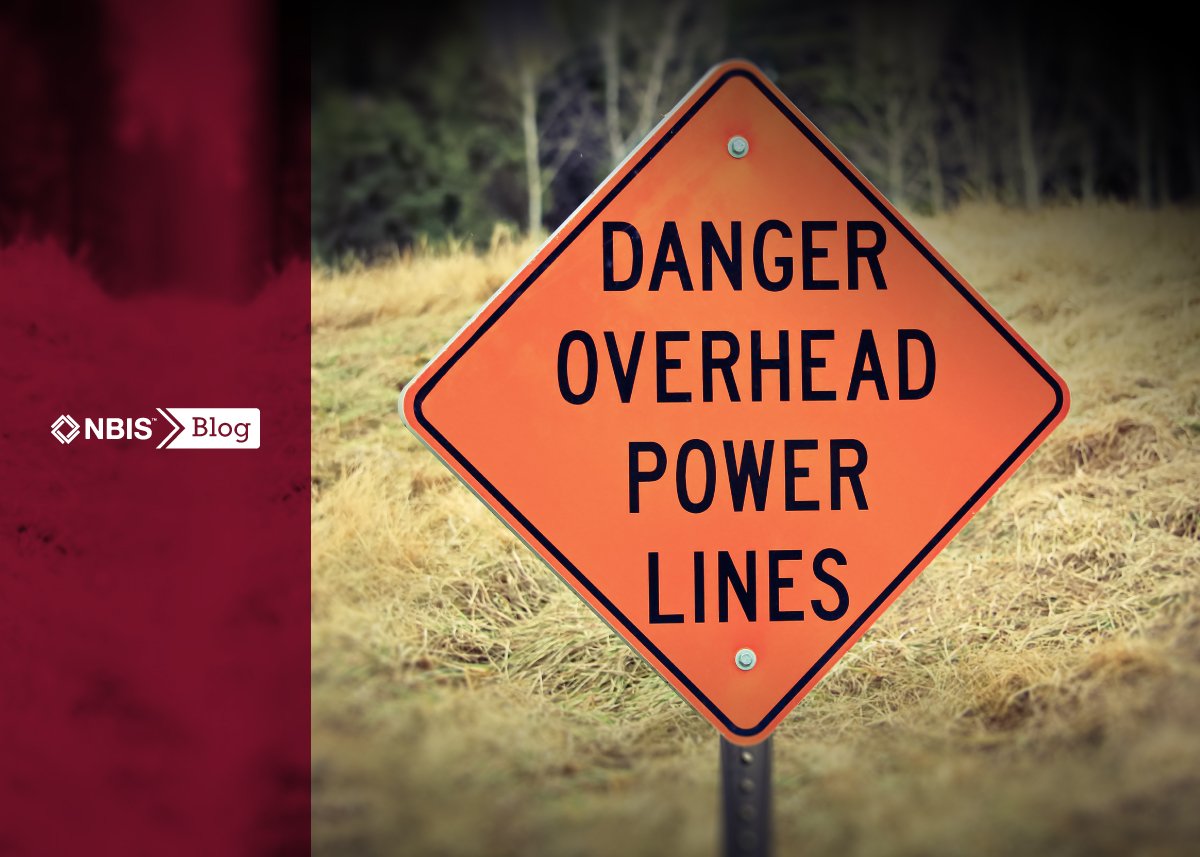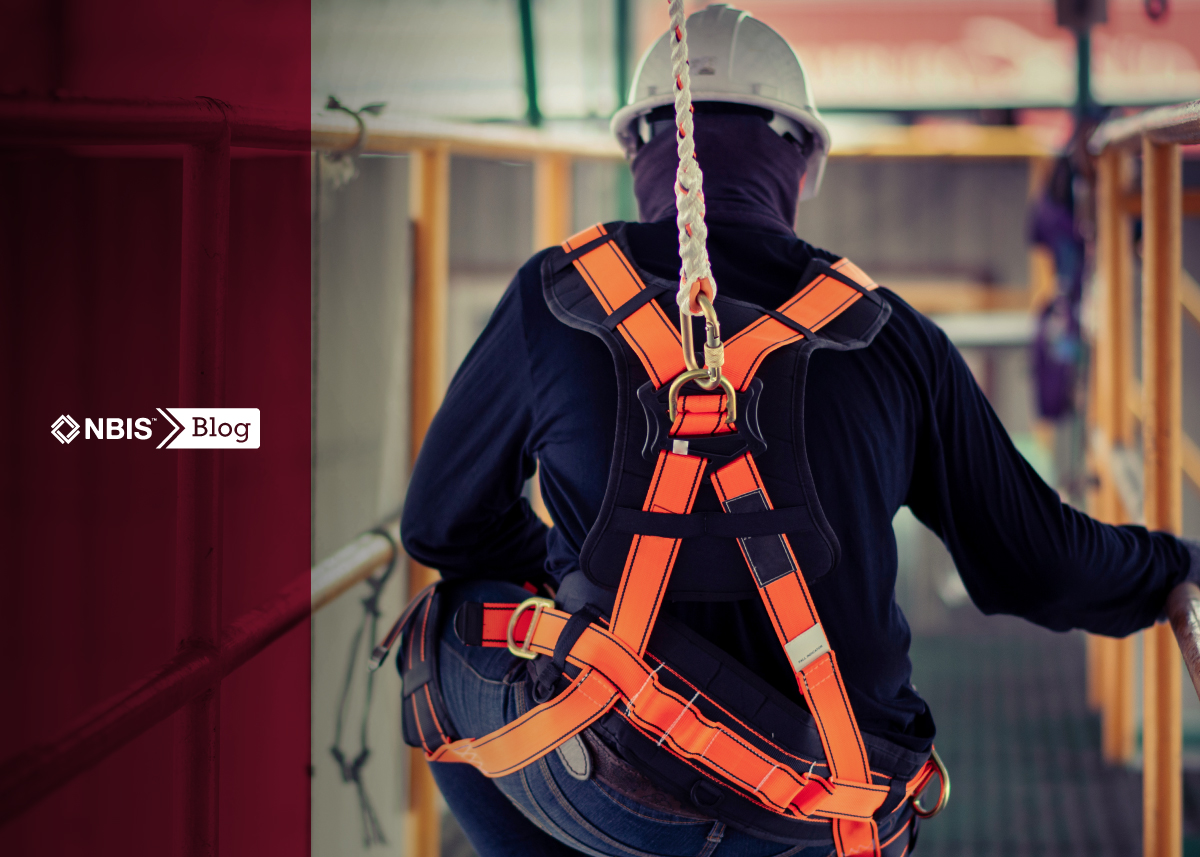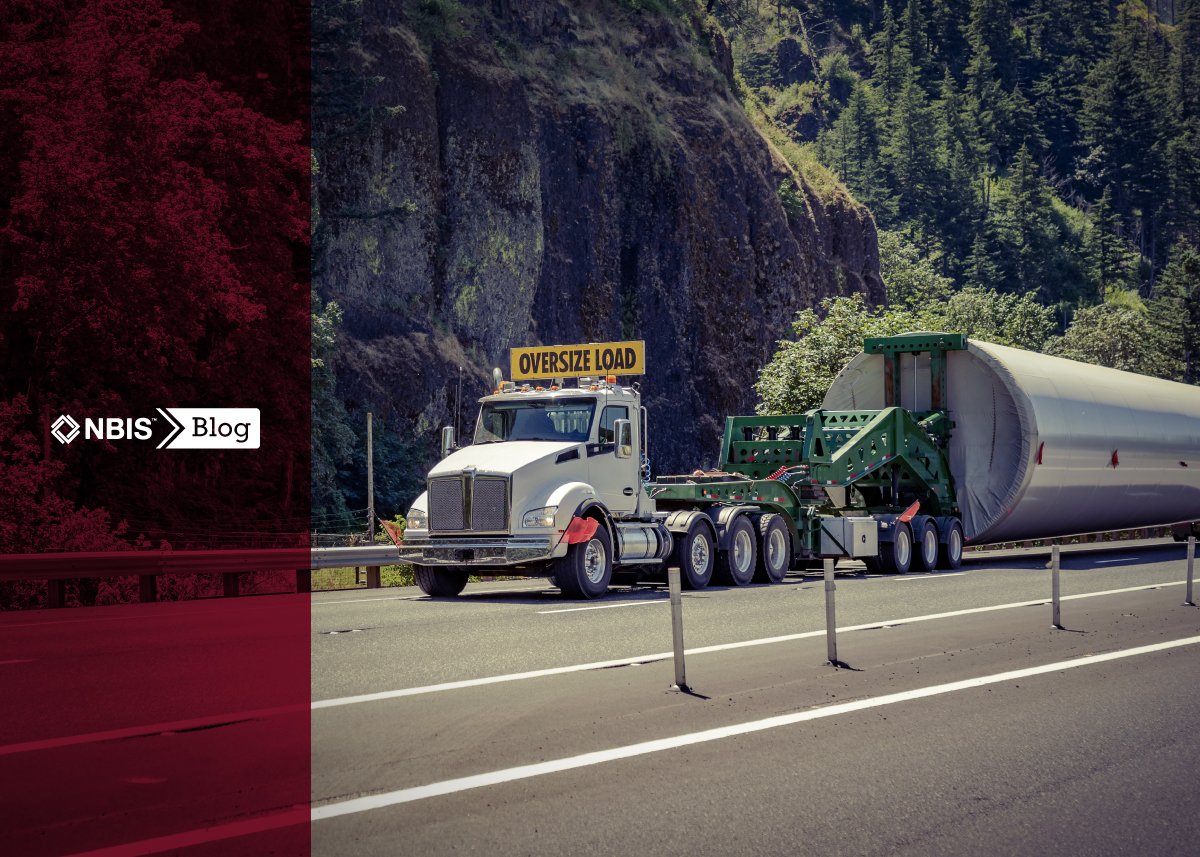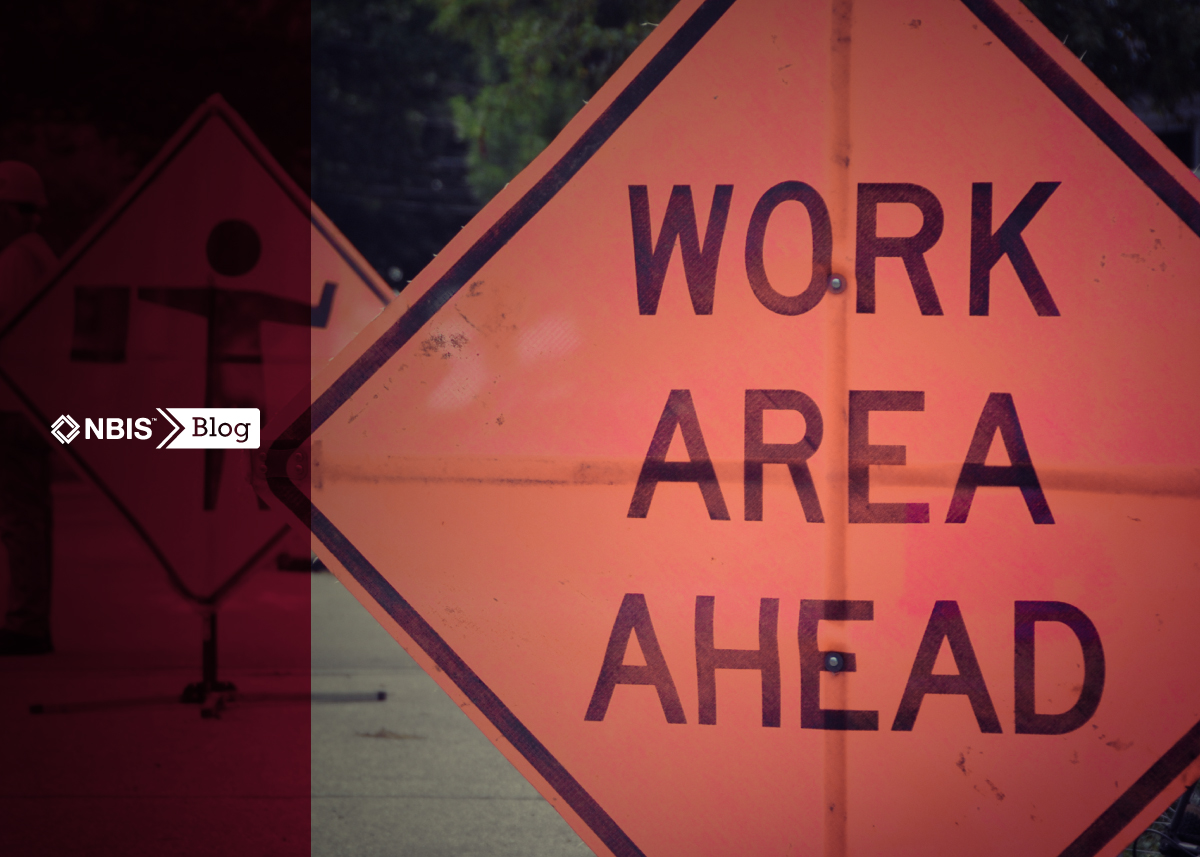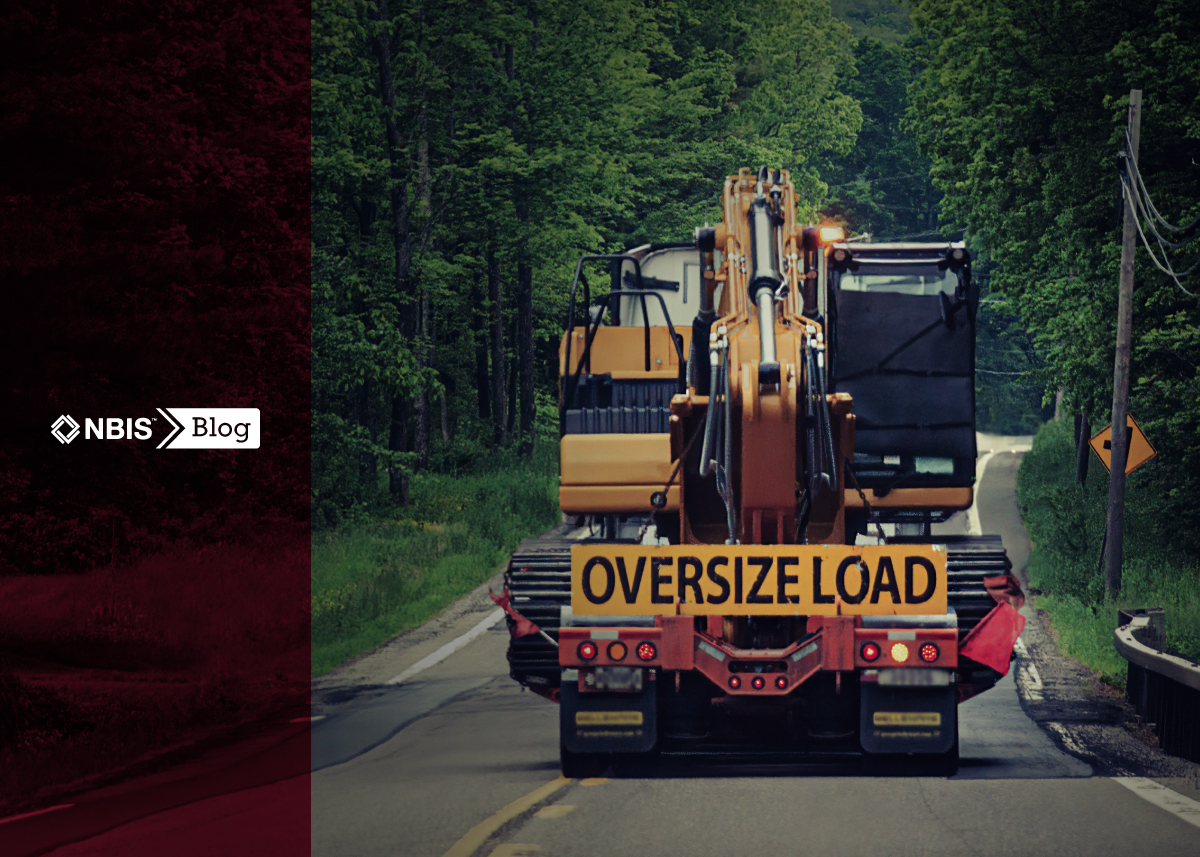By Bill Hebron
Since the inception of CSA 2010 (Compliance + Safety + Accountability), the transportation industry has been very vocal on the flaws of the program. Nevertheless, the Department of Transportation/Federal Motor Carrier Safety Administration (DOT/FMCSA) has remained steadfast in its position to use CSA as a way to rank trucking companies for compliance reviews and state and local roadside inspections.
Over the years, as a result of trucking companies and industry associations voicing their concerns, the FMCSA has made various changes to the program, some good and some bad. And yet, the one change the industry has been the most vocal about—that the Crash CSA Peer Grouping is misleading, because the agency does not take into consideration any type of “non-preventable” crashes—has yet to be made.
While there have indeed been some changes in recent years that allow for trucking companies to Data Q (challenge) the crashes on their CSA profile, the list of crash types that can be removed from CSA has been limited.
On April 12, the DOT/FMCSA announced that it is seeking comments on expanding the Crash Preventability Program, adding four new types of crashes that can be Data Q’ed, which is welcomed news to the industry. Of the four new crash types that can be challenged, the one with the biggest impact is “Any other type of crash in which a video demonstrates the sequence of event of the crash.”
Most of us have had a situation similar to this type of crash. Case in point: Our driver reports an accident at an intersection, stating they were stopped and waiting for a green light when the other vehicle rear-ended them. The other driver states the exact opposite—that they were behind our truck when it rolled back into their vehicle, damaging it significantly. When the police respond to investigate, they write a classic “he said/she said” report, and the accident shows up on the trucking company’s CSA Profile.
Since you have a dash camera, though, your insurance company is able to review the footage and determine that the truck did not actually roll back, which allows them to deny the forthcoming liability claim.
But here’s the rub: This type of accident is not subject to challenge in the current Data Q process and will be reflected in the company’s CSA/SMS results.
If the new crash types are added to the Data Q process, it will make scenarios like the one I just described subject to review by the DOT/FMCSA, which means it can ultimately be removed from the trucking company’s profile.
We can all agree that crash cameras and event-recording devices have been a game-changer for the industry in regards to our efforts to mitigate accident liability. The proposed changes could prove to be a game-changer as well, as they could help improve a trucking company’s crash CSA/SMS results by adding a crash type that should have been there in the first place.
If you needed another reason to upgrade or implement a dash camera system into your fleet, well, then here it is.

